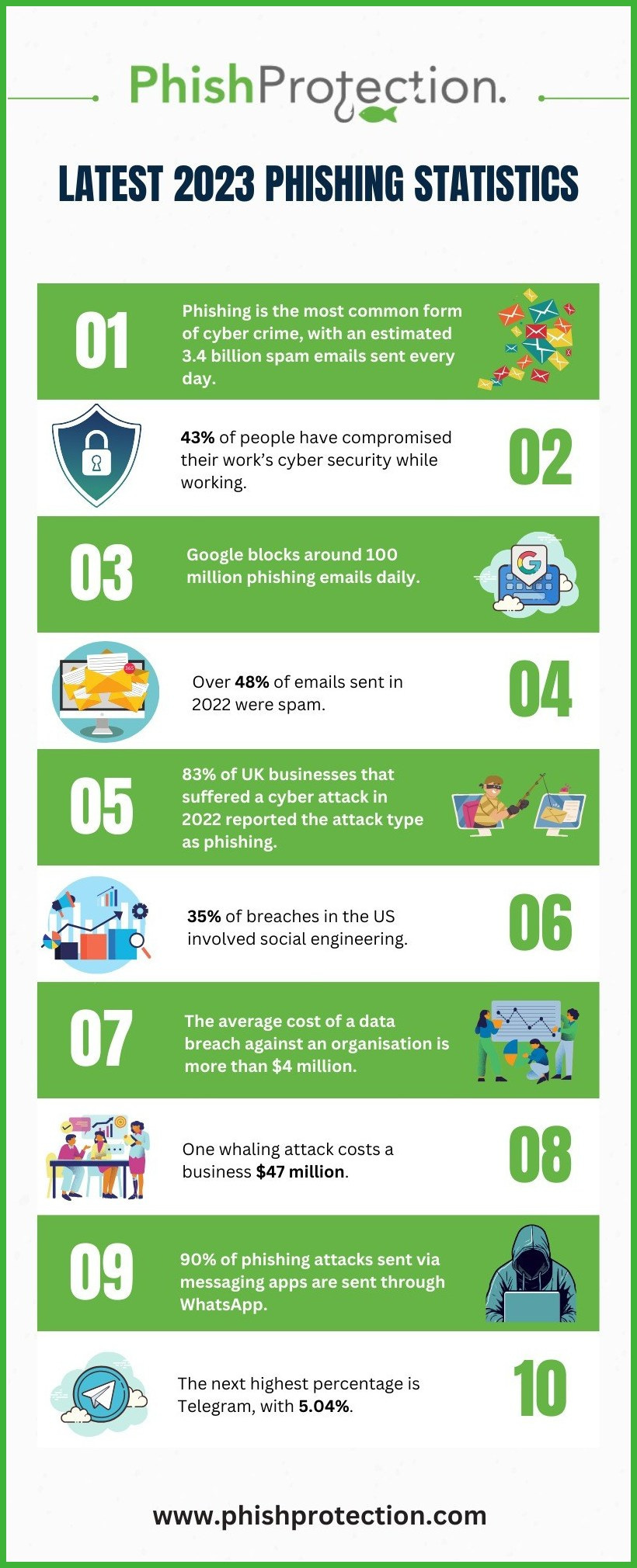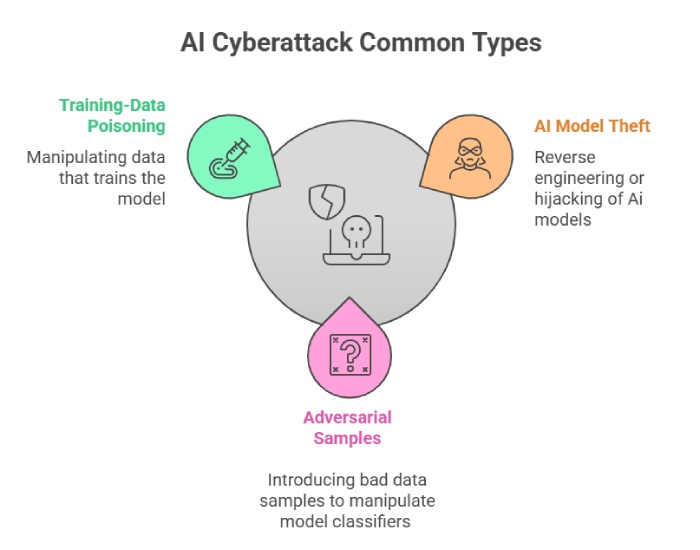Cybercriminals have always managed to give a hard time to the cybersecurity system by leveraging the latest technology. This time, they are using AI or Artificial Intelligence as their trump card. AI is posing a severe threat to cybersecurity setup as it is being exploited by phishing actors in their malicious activities. In fact, it won’t be wrong to say that artificial intelligence has opened up new avenues for these threat actors to obtain sensitive details in the most innovative ways ever.
Phishing Attacks- Then and Now
Conventionally, phishing actors used to send SMSes, emails, and links to carry out fraudulent activities and obtain sensitive information from companies or individuals. Basically, this manipulative system of communication tricked naive users into sharing their personal details, confidential information, and private data.
However, a little bit of phishing awareness training and vigilance have helped multiple organizations and individuals steer clear of these scams and protect their precious data from phishing actors.
But with the advent of artificial intelligence, things have further gone downhill. AI has brought a paradigm shift in the phishing arena by making the attacks more sophisticated, flawless, and fail-proof.
AI-Centric Phishing Scams
Sophisticated Context-Aware Messages
Artificial Intelligence enables phishing actors to curate persuasive and personalized messages. AI has made it easier for scammers to gather vital data about potential targets from the mass public data available online. AI rummages through social media posts, news articles, and public records and caters to the threat actors with relevant information.
Further, with AI, it has become easier to craft appealing messages that look genuine and appeal to the interest of the message receiver.
This brings down the level of suspicion and traps vulnerable users into falling for phishing scams.
Clever Impersonation
Artificial intelligence allows these fraudsters to impersonate reputed brands such as Microsoft, Meta etc. With AI, it is now possible for phishing actors to copy the brand tonality, font style, brand color, and so much more, thereby playing with the naivety of the users.
Threat actors can now easily gain the trust of vulnerable users by posing as popular brands. The moment a recipient clicks on one of these malicious e-mails, their data will be compromised.
Determining High-Ticket Victims
By leveraging AI, threat actors are now capable of running data analysis to determine high-ticket victims. Artificial Intelligence makes this possible by going through different social media platforms, corporate directories, public records, and so on. This data-driven approach has increased the scammers’ chances of success.
Deepfakes and NLG
Deepfakes and Natural Language Generation (NLG) have become one of the favorites among phishing actors. Deepfakes allow scammers to generate audio and video that look realistic and genuine. These audio notes and video clips are used to impersonate any individual or popular organization.
Generally, threat actors ask for money or sensitive details from unsuspecting individuals by using these AI-generated audio and video clips. They use this manipulative content to create a sense of urgency and request money.
NLG, or Natural Language Generation, on the other hand, allows phishing experts to churn out relevant, appealing, and persuasive text messages or emails.
AI – A Serious Challenge to Cybersecurity Systems!
Artificial Intelligence has made it increasingly difficult for cybersecurity departments to put a full stop to phishing activities.
Earlier, awareness drives, education, and vigilance were enough to control such fraudulent activities. But now, AI-driven phishing activities require expert supervision as well as state-of-the-art phishing protection solutions to keep the threat actors under control. High tech AI tools and expensive machine learning technology can further help in mitigating these activities.
Also, another concern is the swiftness of these scamsters. Because of the integration of artificial intelligence, threat actors are now capable of creating spammy emails and malicious messages in large volumes. There is minimal or zero manual intervention needed. Controlling these bulk messages and emails is indeed a big challenge for cybersecurity departments across the globe.
AI is a blessing in disguise only when one knows its intricacies from the inside out. With a whopping 1265% increase in phishing emails in the 4th quarter of 2022, AI has opened up a whole new world of scams and hacks for threat actors.
The only way to evade these fraudulent activities and protect your sensitive data and hard-earned money is to persistently train yourself about AI and its usage. Also, one can use high-end threat detection systems on their phones and laptops to detect and block phishing attacks. Applying a Multi-Factor Authentication system also keeps your data protected by denying unauthorized access to phishing actors.
The world can no longer sit on fences when it comes to AI. You can either fight against these AI-based phishing attacks only by upskilling or get duped by scamsters.
Feel free to reach out to us to seek help in preventing email-based phishing and spoofing menaces targeting your business domain.




